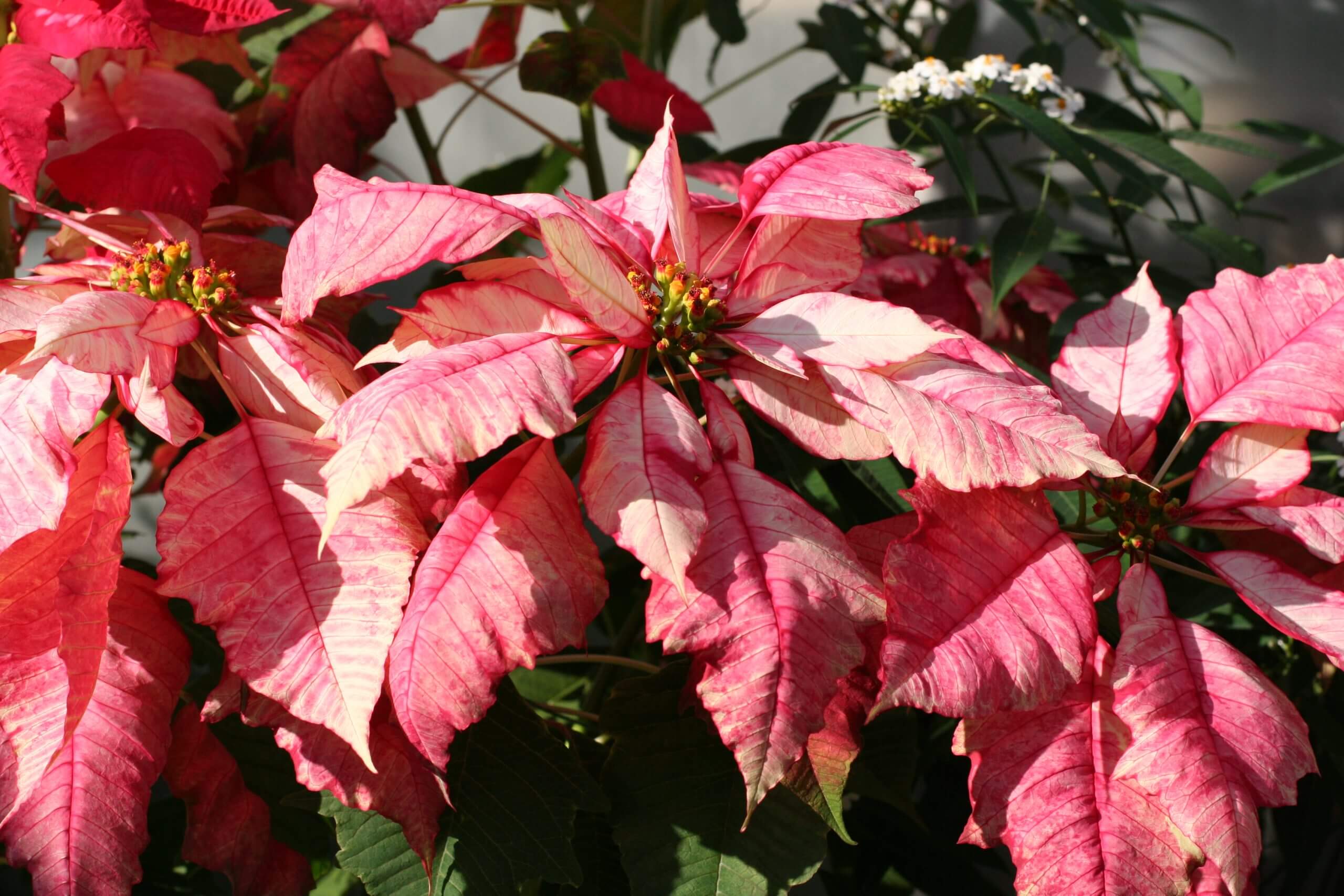
Today’s poinsettias (Euphorbia pulcherrima) break the mold of the simple red or ivory potted holiday plant. Nowadays, they come in lots of bicolors as well as shades of pink, peach, yellow, and chartreuse. Many even have extra-large, double, or uniquely shaped blooms. These new poinsettias are a far cry from the leggy Mexican native shrubs that first became part of the American holiday tradition in the 18th Century.
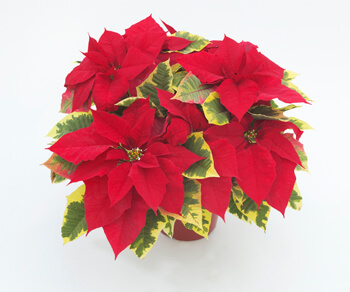
Also called Mexican flame-leaf, poinsettia shrubs come from the deciduous forests of western Mexico where they typically grow in the shade of mid-elevation tropical forests. Wild plants have leggy, uncomely habits that offer little visual interest through much of the year. The colorful flowers develop in late fall and winter when days become short and nights long. What we think of as “petals” are actually petal-like bracts that surround small inconspicuous clusters of flowers. The bracts are most typically red or white. Wild plants are generally leafless when they bloom; only babied greenhouse specimens maintain their leaves year round with robust, densely foliaged growing habits.
Over the years, poinsettias have been bred to have spectacular new looks in addition to high vigor and compactness. Some of the best come from America’s first poinsettia breeding house, Paul Ecke Ranch, which was founded in 1900. German immigrant Albert Ecke first began to sell (and eventually breed) these seasonal potted plants at nursery street stands at the beginning of the last century. Over time, other breeders like Selecta/Ball, Dummen, and Beekenkamp have come to develop many lovely new poinsettias.
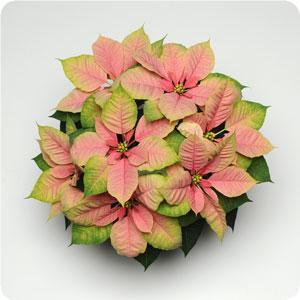
Bi- and Tri-colored Poinsettias
Some of the better newer poinsettia varieties come in beautiful color combinations. This includes real showstoppers like Christmas Beauty® Nostalgia (bred by Selecta/Ball), which has bracts imbued with pink, ivory and chartreuse. The bright, cheerful Christmas Ribbons® (Selecta/Ball) is another unusual poinsettia that boasts pink bracts with yellow venation. The vibrant red Ice Punch® (Ecke) has intricate flourishes of cream at the center of each bract and Ruby Frost® (Syngenta) has large, ruby red bracts with markings of ivory. The festive Tapestry® (Ecke) has large, rich-red bracts that stand above clean variegated foliage of bright green edged in ivory. All of these offerings bring something unique and special to the holiday table.
Pink and Orange Poinsettias
Pink, peach, and orangish poinsettias have grown more and more popular in recent years and smashing new offerings for 2014 include the peachy pink Majestic® Pink (Ecke), which has huge bracts that are warmer in color than candy-pink poinsettias, such as the appropriately named Pink Candy® (Selecta/Ball). The ever-popular Enduring Pink (Ecke) has bracts in various shades of bubblegum pink, while the Christmas Feelings Pink® (Ball/Selecta) has giant bracts of soft, peachy pink. Of the orange-bracted options, Orange Spice® (Ecke) one of the best with its huge, long-lasting blooms.
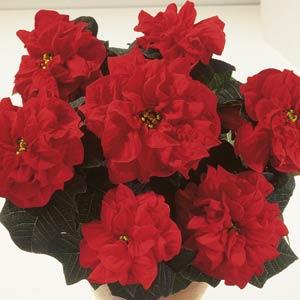
Curly and Doubled Poinsettias
Ruffled, curled and doubled poinsettia blooms are probably some of the most interesting of all. Some of the better forms are the deep red Valentine® (Selecta/Ball), with flowers look like sweet Christmas roses. The slightly less refined Carousel® Dark Red (Selecta/Ball), has irregularly ruffled bracts, which are unusual are pretty. On the other end of the color spectrum is the Winter Rose White®, with its pretty curved rosettes of warm ivory.
Gardeners unable to toss away their holiday pots can continue to grow them as houseplants, if they are patient and a sunny window or conservatory is available. Leaf drop is common in indoor-grown plants given too little light or kept too dry. Low humidity can also cause stress and encourage spider mites. The key is to give them plenty of light and average, consistent moisture. Also, be sure to provide fertile, well-drained soil such as OMRI Listed Black Gold® Natural & Organic Potting Soil.
Gardeners living in the Deep South may consider planting their poinsettias outside. The tender shrubs can survive in USDA Hardiness Zones 9-15 and grow best in partial to full sun. The only caveat is that they must be provided fertile, moist, well-drained soil during the hottest times of the season. Sheltered sites are best in areas where light frosts occur.
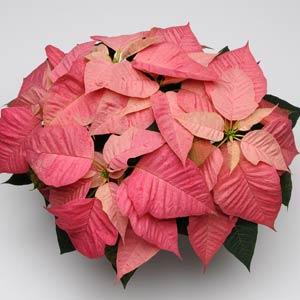
Getting poinsettias to re-bloom isn’t always easy because flowering is triggered by short days and long nights. The best method is to provide plants with ample and consistent natural daylight, which will encourage them to adopt their natural blooming cycle. Potted plant growers actually manipulate the plants to bloom by the holidays by shading them to mimic short days, starting around the autumnal equinox. If it’s done right, they will be in full flower six to eight weeks later.
With all of the fun poinsettias available, there’s no reason to go plain red or white. Make a statement this season and choose poinsettias with a little more umph and character than average. Enjoy the holidays!

